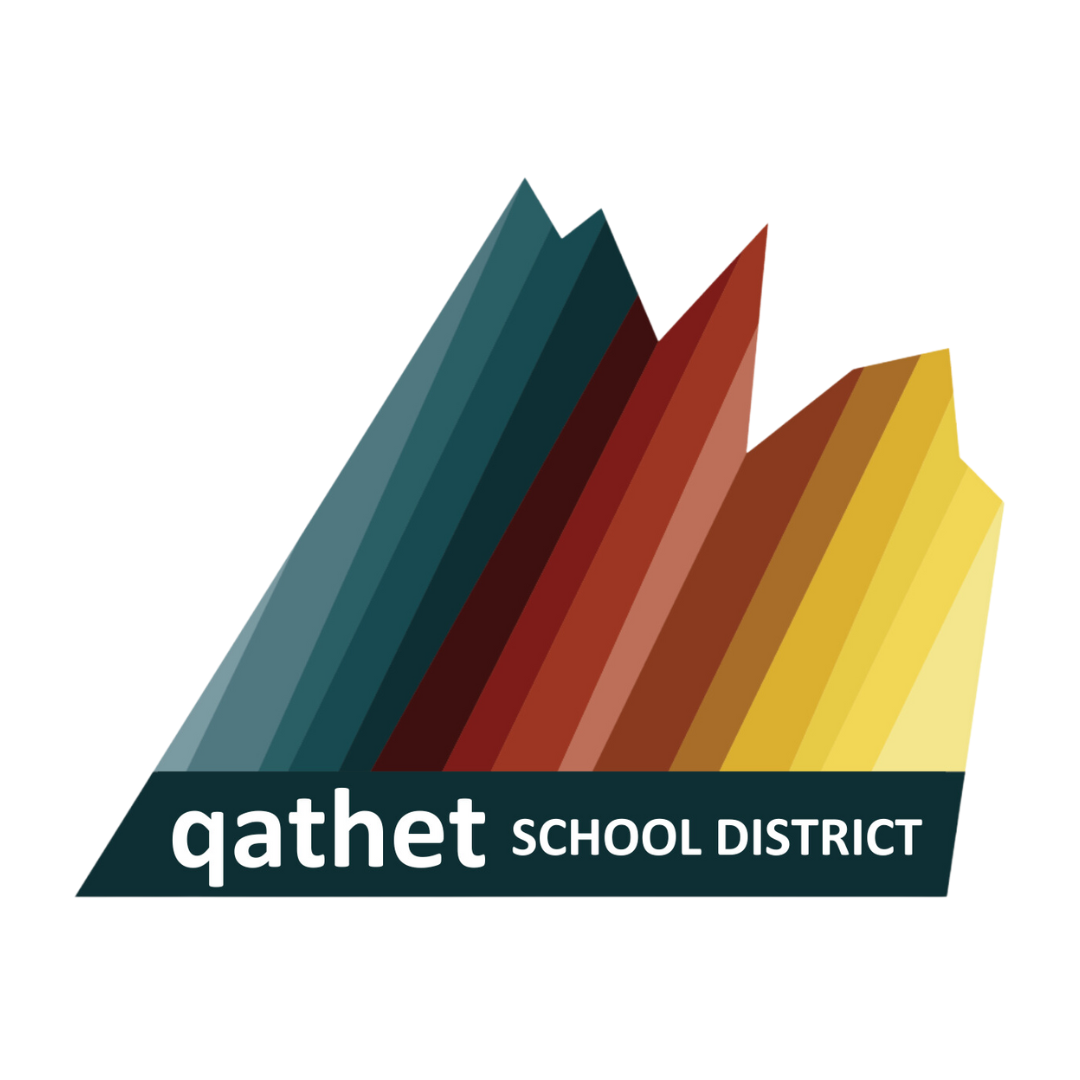Literacy
.png)
"The English Language Arts curriculum is designed to empower students by providing them with strong communication skills, an understanding and appreciation of language and literature, and the capacity to engage fully as literate and responsible citizens in a digital age” .
There are two components of literacy curriculum:
- Comprehend and Connect (reading, listening, viewing)
- Create and Communicate (writing, speaking, representing).
Comprehend and Connect
Some examples of activities for comprehending and connecting include:
- Read aloud
- Shared reading
- Independent reading
- Small group reading
- Phonological awareness, phonic, or word work
One of the most important skills to develop in learners is the ability to read. There are five critical components of reading that build strong readers:
.png)
Create and Communicate
Some examples of activities for creating and communicating include:
- Independent writing
- Modelled writing
- Shared writing
- Verbally share ideas and learning
Tips for Families
“Young children whose parents read them five books a day enter kindergarten having heard about 1.4 million more words than kids who were never read to.” “Even kids who are read only one book a day will hear about 290,000 more words by age 5 than those who don’t regularly read books with a parent or caregiver.”
What should I do if I am worried about my child’s reading or writing skills?
- Remember that reading and writing are a continuum and students learn at different rates.
- Keep reading time fun and reduce pressure on your child. Celebrate their successes!
- Reach out to your child’s teacher to express your concerns and ask what they are seeing in class.
